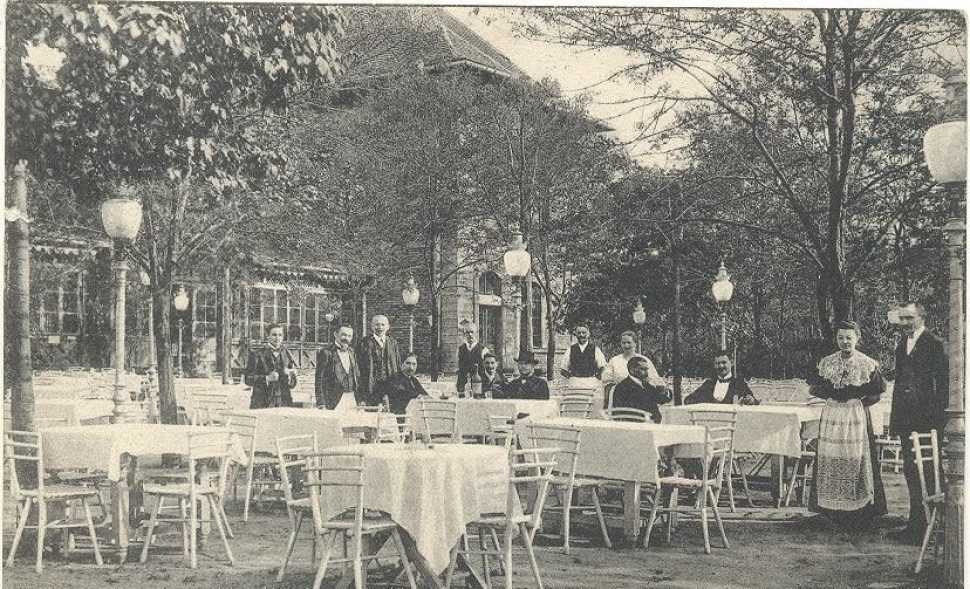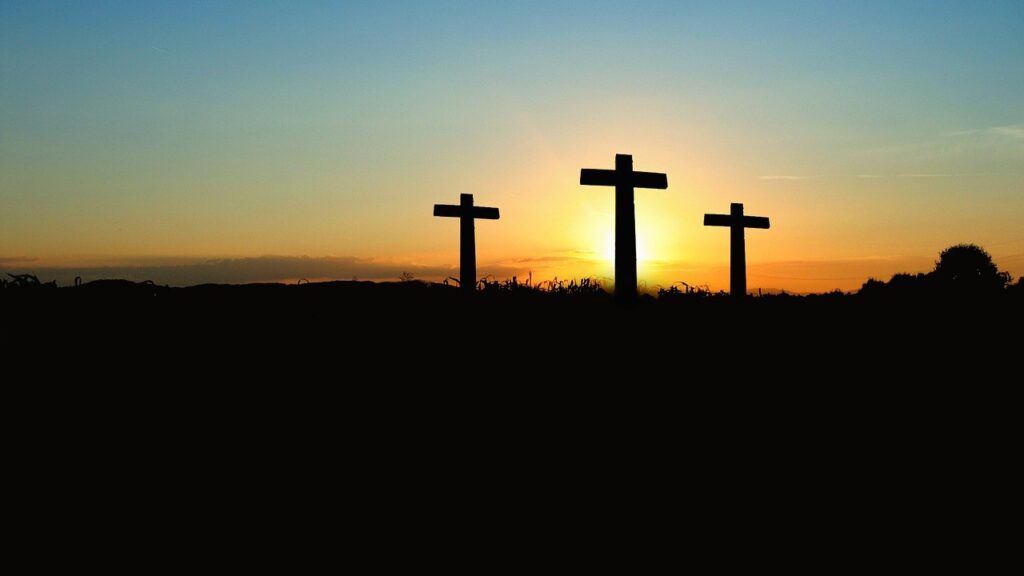When thinking of Budapest’s parks, the first thing that comes to mind is City Park (Városliget), then maybe Normafa and Margaret Island. However, there is a forgotten green area, which is not only the largest park in the city, but perhaps the most romantic as well. Let’s take a closer look at People’s Park (Népliget).
As its name implies, People’s Park is a public park that for nearly 100 years had been a place for recreation, entertainment and rendezvous for city residents, including the people who worked in the nearby factories. However, since the end of the Kádár era and the regime change, People’s Park has been a ghost in Budapest’s everyday life—even if it is noticed, it is only spoken about in pejorative terms. But why did this happen to People’s Park, when it is perhaps the greenest part of the city with the most precious natural treasures and an exciting history?
Somewhere in Budapest…
While walking through the trees, which cover an area of 110 hectares, we get the feeling that we have left the city. The traffic’s noise is almost completely blocked out by the thick foliage, so we can enjoy the silence of nature undisturbed for long minutes or even hours. The question then arises why People’s Park is so deserted despite its lovely features and relatively central location.
Well, in contrast to People’s Park, the popularity of City Park is self-evident, as it has such attractions around it as Heroes’ Square, which is a World Heritage Site, the City Park Ice Rink, numerous museums, as well as the secondary schools in Ajtósi Dürer sor. While City Park itself provides many culturally important sights, we cannot ignore the fact that the city centre is only a few steps away from it, and one of the most densely populated parts of the city is in the immediate proximity of it, too.
As opposed to that, People’s Park is in the vicinity of stadiums, sports facilities, industrial facilities, a bus station and major roads. In short, it is far from residential buildings, housing estates, schools and any other non-commercial real estate—there is only one, recently built residential park nearby. Thus, People’s Park, the largest public park in the city, stands alone and secluded, even it is just a stone’s throw from the city centre. So the question may arise, why does Budapest still have a park of this magnitude? Well, this is where the crazy history of People’s Park becomes exciting.
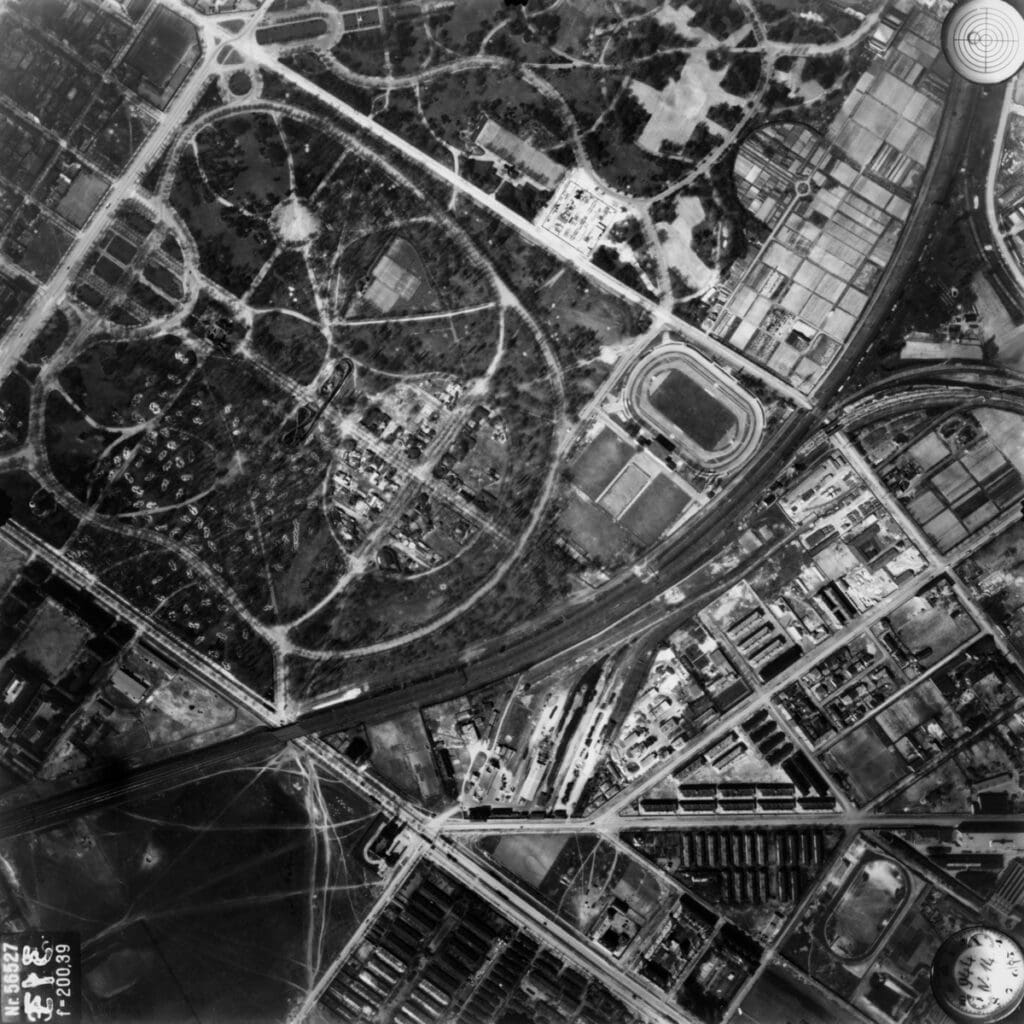
The Twisted Fate of People’s Park
People’s Park started out as a real success story. In the years after the Austro-Hungarian Compromise of 1867, it was ‘created for’ the working class that emerged during the Second Industrial Revolution. Its development was also facilitated by the fact that the area it covers did not prove to be advantageous from an agricultural point of view. Thus, it was perfect for the common people to get their well-deserved park and recreation opportunities that went with it.
The plan worked, because in the decades that followed, in addition to the natural treasures, People’s Park began to provide several services to the city residents, which made it a unique destination. Since it was indeed not the upper classes, but the masses who went there to have fun and relax, in a short time the park became one of the most visited places of the city. It is no wonder that the largest restaurant in Budapest, Ligeti Nagyvendéglő (The Grand Restaurant, also called Népligeti Sörcsarnok, or Beer Hall), operated there at the time. In addition, there were also a funfair, that is, an amusement park (which also had the longest roller coaster in Central Europe), a circus, and the justly celebrated Kemény Bábszínház (Kemény Puppet Theatre), which awaited all fun-loving citizens in the refreshing shade of the park’s trees.
The golden age of the park was between the two world wars: sports facilities, sports fields and a motor car test track were built around it. Believe it or not, it was considered to house the Hungaroring race as well—at least the first car-racing circuit of the country was established on its premises, attracting hundreds of thousands of people to watch the sprint races. Nevertheless, the park remained a green oasis near the centre of the city, as 87 per cent of the park is still green space, with plane trees aged 100+, beautiful wide paths lined with trees, and an evergreen Turner’s oak. In short, People’s Park is perhaps the most perfect picnic spot in Budapest.
In socialist times, however, the park started to decline. It began with the transformation of the Beer Hall into a warehouse, which by the beginning of the 80s became so dilapidated that it was closed. The slow demise of the successor of the funfair also began soon, and the puppet theatre closed its doors, too (more precisely, it was shut down). Nevertheless, several positive developments took place during this period as well: for example, the Planetarium was established in 1977 (it unfortunately closed in 2017, and its fate is uncertain), but let us not forget the Centenary Park either, the history of which has also become inseparable from the People’s Park.
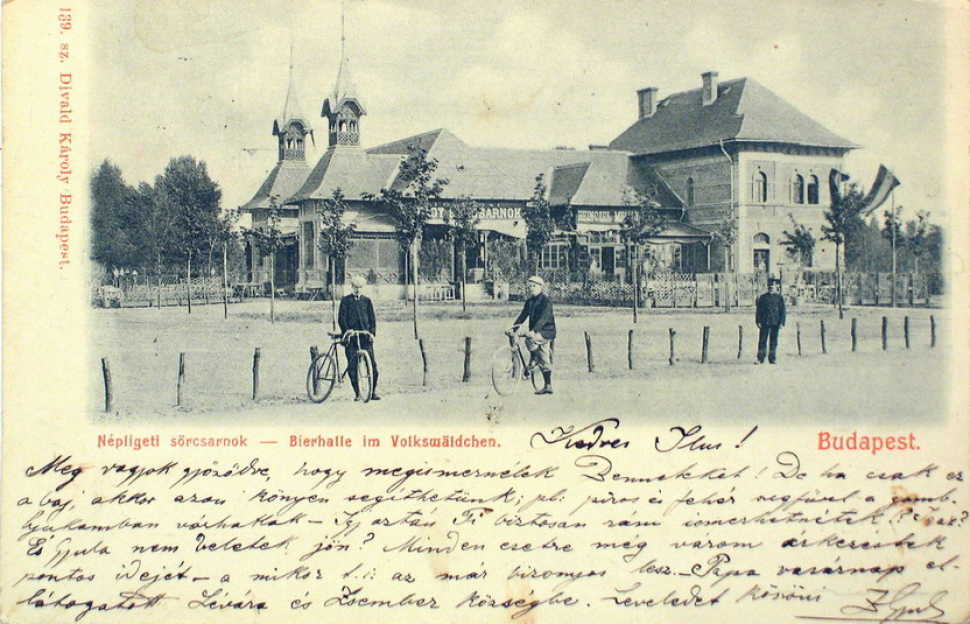
The Centenary Park was established in 1973 to commemorate the 100th anniversary of the unification of Pest, Buda and Óbuda. As a symbol of the cooperation between the capital and the counties of Hungary, all regions of the country gifted a thematic work of art to the Centenary Park. However, the park quickly fell into disrepair due to lack of maintenance. Some of the artwork exhibited has recently been renovated, such as the relief of Hungarian sculptor János Németh titled Göcsej.
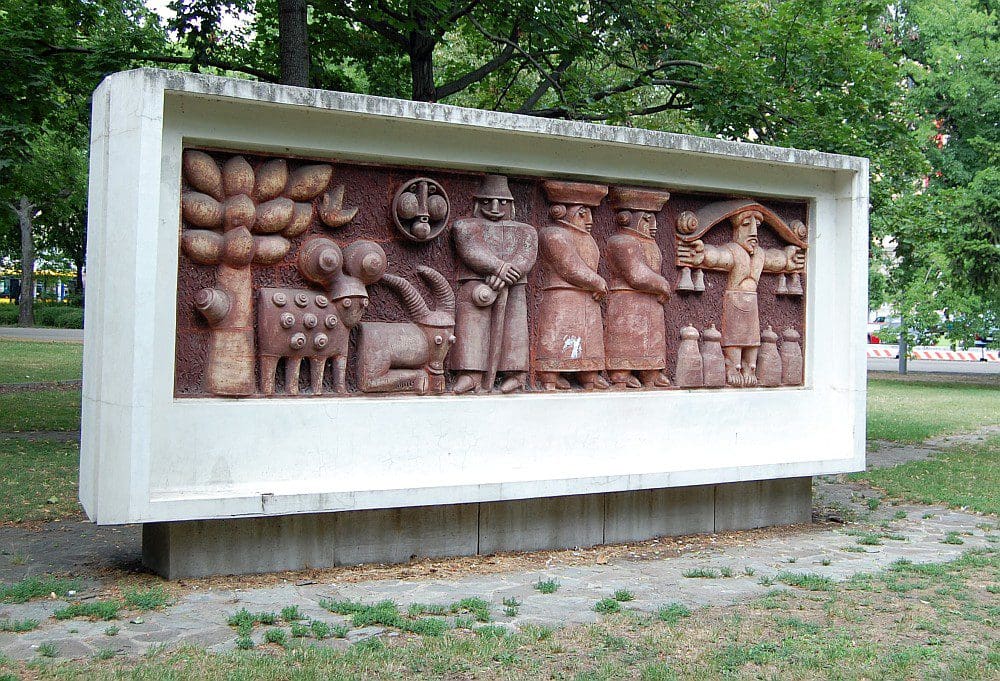
However, since the regime change, People’s Park has been struggling to find its way. Its twisted fate is clearly demonstrated by the fact that in the past thirty years there have been only ideas and promises regarding the future of the park, although a few very interesting projects have indeed been carried out. The Walking Solar System is one of them, which is a symbolic miniature version of the Solar System and was completed in 2001. Its concept was created by Planetarium lecturer András Mátis and retired head gardener László Pesti. Its starting point is the Sun next to the stairs behind the Planetarium, and it ends with Pluto in Vajda Péter Street. There is a span of 650 metres between the first and the last planet, and we cover about six million kilometres in one step. It is interesting to realise that at this reduction ratio, the closest star to the Solar System (Proxima Centauri) would be approximately 4100 kilometres away.
People’s Park Revived?
Maybe it is not just my opinion that every city, including Budapest, needs more and more green investments and the appreciation of public parks (from both ecological and psychological aspects).
Anyone who has followed the news and events of the past year knows that in 2020 and in 2021, the Hungarian Museum of Transport, the Eiffel Workshop House, and several sports fields were built or developed in the neighbourhood of People’s Park, and some events also took place on its premises, breathing life into the park again.
However, in order for People’s Park to start attracting visitors again, there is no doubt that the issue of public safety must be resolved, its natural treasures must be taken good care of, and finally, a decision must be made on what the park’s role should be.
Click here to read the original article

